>> Chinese Food Culture
Chinese Pork Chive Pancake by Pressure Cooker (Video)
Our home cooking for Chinese pork chive pancake made by pressure cooker, one of my favorite Chinese breakfast food in China.
There are many different types of breakfast foods in China. The most popular Chinese breakfast include: rice congee, steamed buns, dumplings, fried dough sticks, noodle soup and Bing. You may find the details of these popular Chinese breakfast foods in these posts: Chinese Breakfast (1), (2), (3) and (4).
In China one popular breakfast is called, Bing. 饼. If you visit China, you may notice them. They are similar to pancakes or flat bread, some of them may have the meat or veggie fillings. I have one page about different types of Bing that we have in China, which includes many pictures. you can check the details in Chinese Breakfast (4).
This page is the recipe for our home style Chinese pork chive pancake. One day I posted a picture on Twitter, a Bing with pork fillings. There was a follower asked for the recipe so that’s why I tidy up this recipe and pictures based on my mum's cooking at home.
The Special Part of the Recipe? The Pressure Cooker
Most existing pancakes we bought from the China local food market is cooked by either shallow or deep frying. In our homemade version, instead frying, my parents used the pressure cooker because they don't like the deep fried food. Comparing to frying, using pressure cooker needs much less oil therefore it is healthy.
More benefits of using pressure cooker: it saves cooking time and easy to clean up. It is found that cooking time is reduced and foods can be cooked up to 70% faster when a pressure cooker is used.
Ingredients:
For Wrapper:
• 500g all purpose flour
• 3g-5g yeast
• 150g water
For Filling:
• 300g pork mince
• 200g chive
• salt
• light soy sauce
• 1~2 tsp cornstarch flour
Chive is very common in China and we can easily buy them from local food market. It is often used to make a vegetable dish. But I noticed it is not easy to find chive in the UK. Even I find it, it is packed in a tiny plastic bag, which I guess it is just used as a special ingredient since it is easy to find in the Western countries.
If that is the case for you, you may replace chive by other type of veggies available to you. But the veggie should be finely chopped so it is easy to mix with the minced meat. Or you may use less chive, as the pork chive combination is very popular as the filling in China, will be good if you can try it.
Method for Chinese Pork Chive Pancake
压力锅做馅饼:
1. 备料:提前一小时发面(与做馒头发酵一样); 备馅:五花肉沫、可加适量蔬菜如洋葱、木耳成沫雨加口味调料(超市有售)拌匀;
2. 制作:将发面做成3至5亳米厚的薄饼,将馅均匀抹在半园上,然后将另一半折复盖在馅上并压牢边沿;
3. 压力锅少许放油入饼两个盖上盖子中小火力2.5分开盖翻面加小汤匙水快速盖上再2.5分开锅即可.
• First to make the wrapper for pancakes. Dissolve the yeast with some warm water. In a big bowl, add flour, water and yeast. Mix and knead the flour to make a smooth and soft dough. Use a film to cover the bowl and set aside. Let the dough rest for about 40 minutes. (If you want to speed up, you may place the dough in a warm environment, such as temperature around 30C ).
• Meanwhile, prepare the filling. Wash the chive and finely chop them into small pieces. You can use food processor, if you have one, so you can save the time.
• In a container, first to mix the pork mince with salt, light soy sauce and cornstarch flour, add bit water if the mixture is bit dry. Then add the chopped chive to mix with the meat, adjust taste if needed.
• Evenly divide the dough into 10 or 12 pieces. Punch down one dough, and spread out on a floured board. Roll the dough into about ½ cm thick, and two-hand size. Do not make the wrapper too thin otherwise it cannot hold the fillings.

• Add the filling on the top of one side, then fold the wrapper to cover the filling.
• Press to seal the edge of pancake.

To Cook:
(a) Heat up the pressure cooker to the medium heat. Add about 1 tbsp oil, then add the pancake.
(b) Because we make the pancake about a hand size, each time we put two pancakes inside.
(c) Cover the
lid. Wait until the stream starts to come out, you can hear the
sound, which means the temperature has increased to a certain level. For our case, this roughly takes 2 ~2.5 minutes.
(d) Open
the lid, turn over the pancakes to cook another side. Add 1tbsp water if you feel the pancakes look bit dry. If add water, it will bring lots steam, quickly cover the lid. Again wait till the air starts to come out, open the lid. The pancake should be cooked. (Do not wait too long before opening the lid, check for safety concern in the following section).
Note the cooking time may vary depending on the cooker in your kitchen. My parents used the gas cooker, if your kitchen has an electrical cooker, the cooking time might be slightly different. Check if the pancake is not cooked, to cover the lid and repeat the process again if needed. You may add more oil if prefer. But for us, we don't like the pancake to be greasy.
Best serve hot. The pork chive filling is juicy and tasty :)
Notes on Safety Concerns
My parents have been using pressure cooker most of time in their kitchen, so they know how to use it well. But if you are not familiar with cooking by pressure cooker, follow the instruction on your pressure cooker.
I know some modern pressure cooker may have the lid handle locker, by which you may be not able to open the lid during cooking. In that case, the way we used here is not suitable for this type of pressure cooker. So please do check the instruction of your own pressure cooker to see whether if it can be used as we did here.
Here is just another reminder. To cook the pancake, we cover the lid and wait the stream starts to come out (can judge by hearing the sound), then open the lid. When the air just starts to come out, the pressure inside is not that high. But make sure you don’t leave the lid cover too long as that means the air pressure is increased and might be not safe to open it.
You can watch the cooking video here. To get the regular updates for our Chinese home cooking videos, please subscribe to my Youtube Channel. Thanks.
Hope you like this Chinese Pork Chive Pancake, please share with your friends, Like it on Facebook or share on Twitter! For more local food in China, you may check Chinese Festival food, or find out more about my Chinese food recipes.
(Post: 28/02/17)
You may also like:

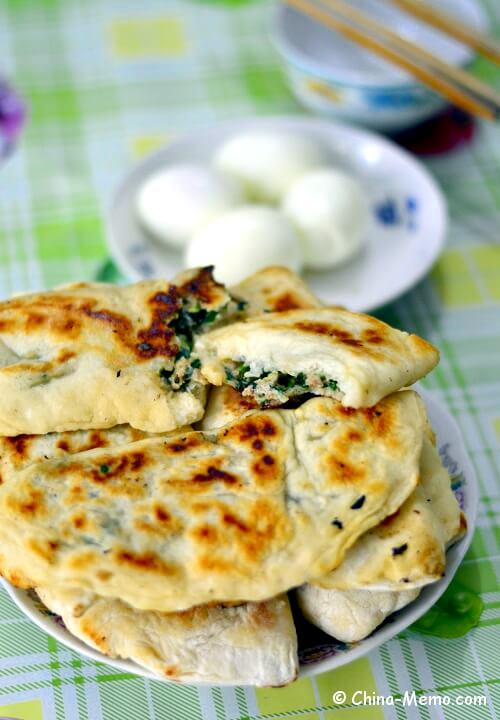



















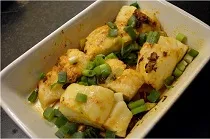
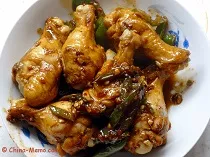
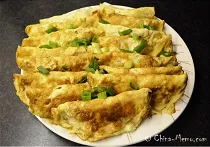
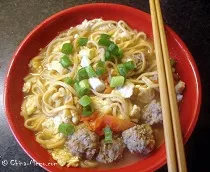
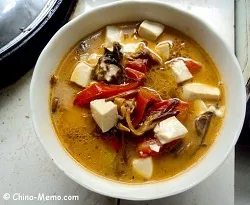
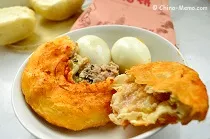

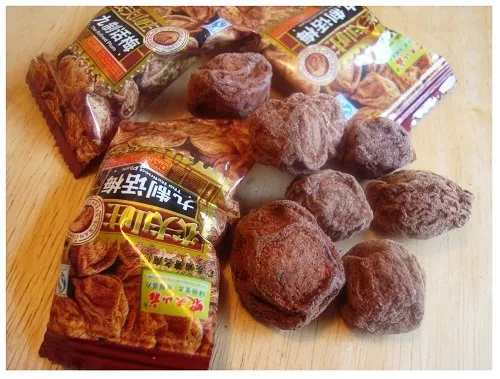


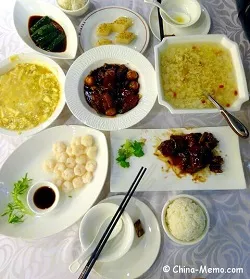





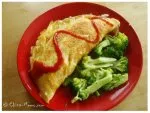
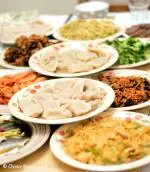
Comments